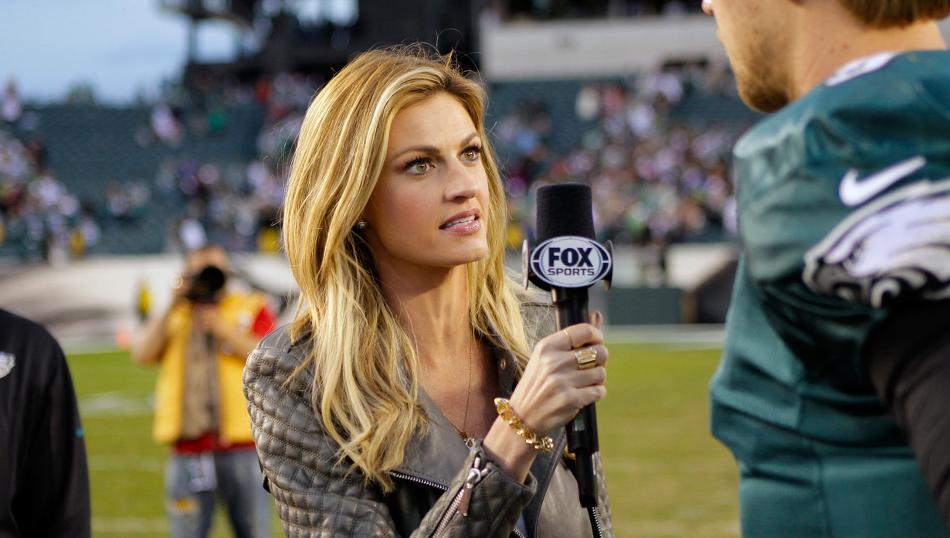A graphic designer creates illustrations, layouts, logos, infographics, color schemes, typefaces, and other visual elements to help effective convey messages via media. Graphic designer’s work appears in magazines, books, advertisements, newspapers, brochures, flyers, product packaging, websites, and films.
The main task in graphic design is to visually represent an idea, concept, brand, or story. To do so, a graphic designer may work with an art director or client to understand the overall creative vision and intended audience effect. They often create alternative designs for the client or director to choose from. They often also revise their designs, based on the client feedback.
Graphic designers also often collaborate with writers and editors, especially when creating illustrations, layouts, color schemes, and typeface selections for books and magazines.
When creating product packaging, logos, and website layouts, graphic designers will often collaborate with marketers, advertisers, and public relations professionals.
While visuals can initially be drafted using paper and pencil, it is now common for graphic designers to use computer software like Adobe Illustrator, Adobe Photoshop, Adobe InDesign, and CorelDRAW. More recently, designers often draw their designs freehand, using a tablet and a stylus pen. This allows a sketch to be quickly imported into a graphics program for further editing.
In addition to software, a graphic designer needs to be familiar with visual communication theories, color theories, and should possess some creative drawing skills.
Source: Bureau of Labor Statistics, U.S. Department of Labor, Occupational Outlook Handbook, Graphic Designers,
on the Internet at https://www.bls.gov/ooh/arts-and-design/graphic-designers.htm









